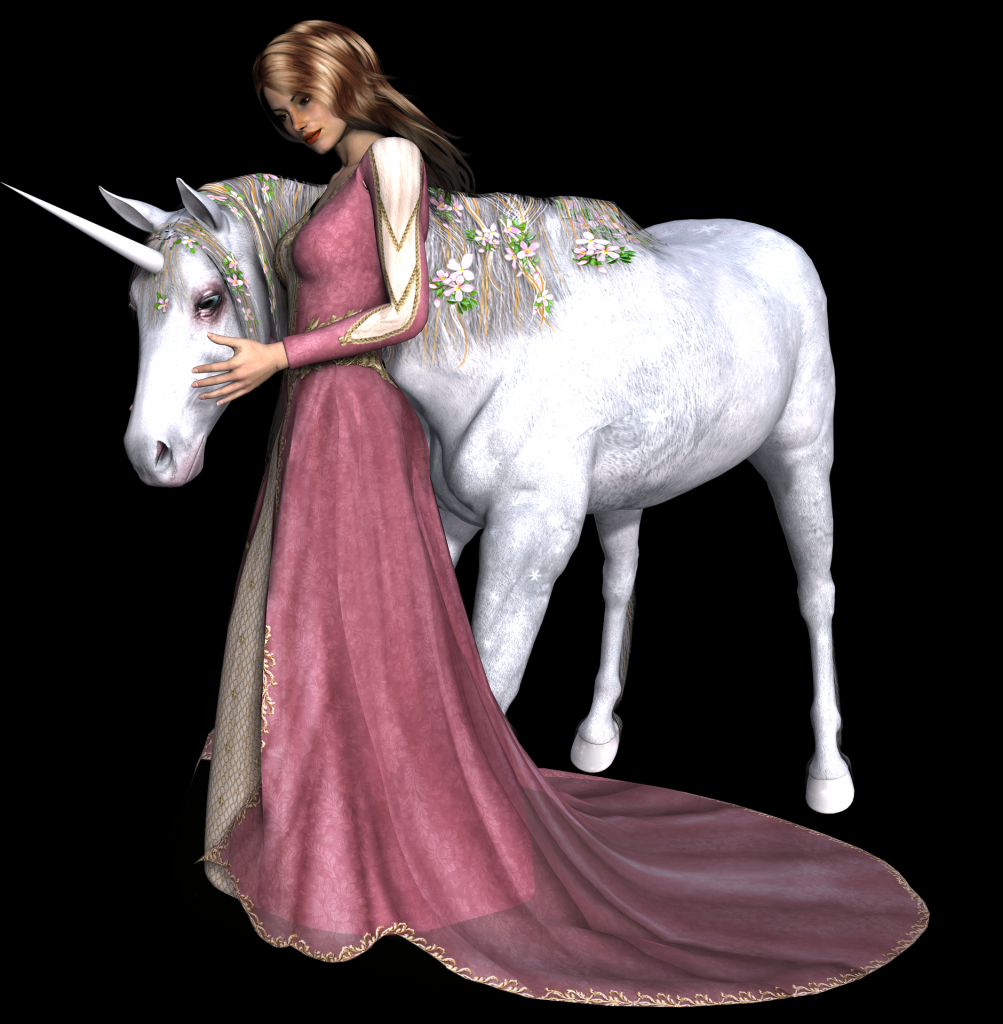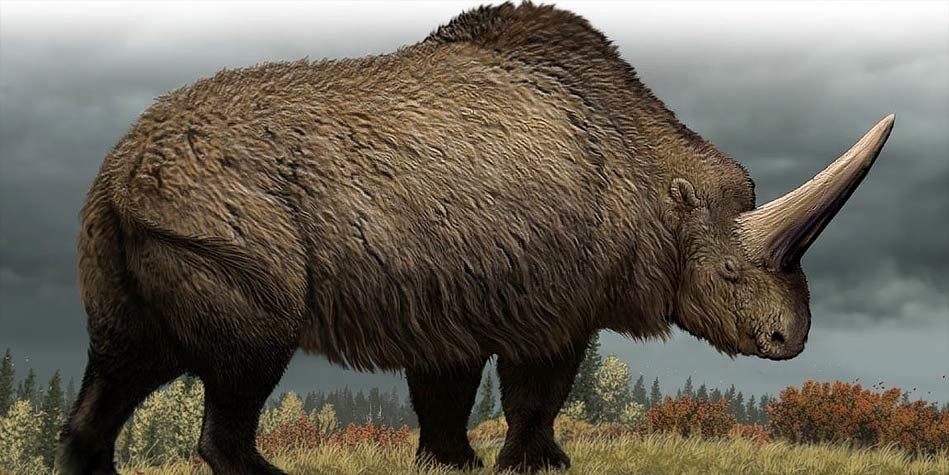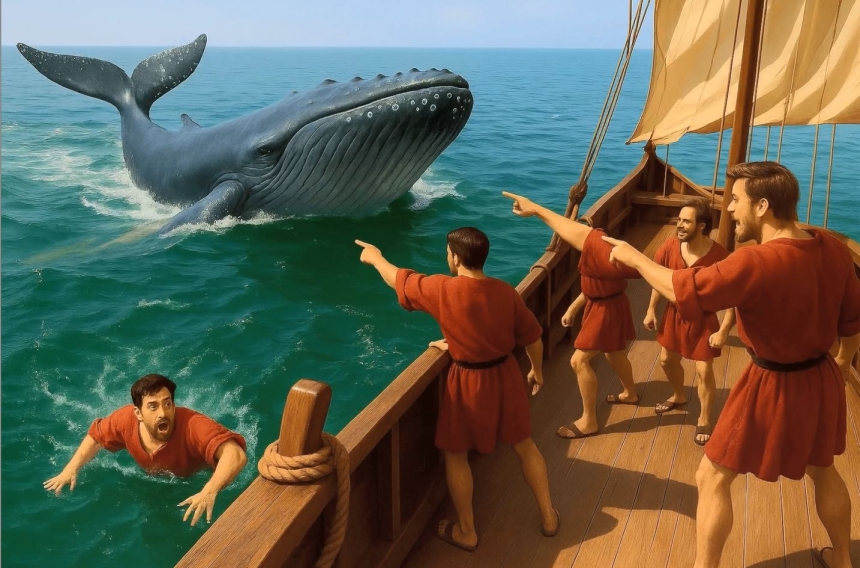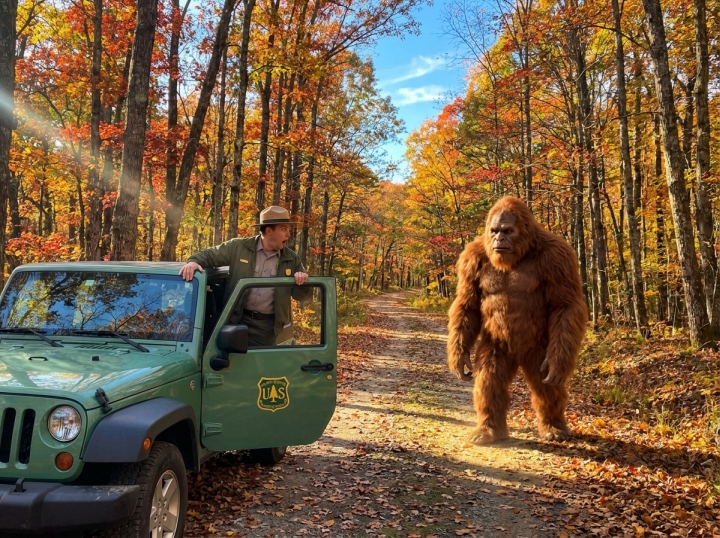
Since antiquity, there has been the legendary beast called the unicorn; the general notion being of which is a horse with one long, protruding horn growing in the middle of its forehead. Yet, in some cases, unicorns were described as a horse like or a goat like or a deer-like animal with a long horn, cloven hooves, and at times wearing a beard, but just on the male goat like species. But, the main; most often described unicorn is simply a horse, especially a white horse, with a long, spear-like horn growing from the middle of the forehead.
We will examine a number of explanations.
In ancient times and in the middle ages, men would cut off horns of various animals, especially big thick, and heavy horns can carve them inside to fill them with produce, flowers, or nuts. Such a large animal horn is called a cornucopia or horn of plenty. Also, in ancient times and the middle ages, men would cut off horns from animals and turn them into drinking horns; these would be used as carried vessels filled with water. If only one horn was taken from the head of a two-horned animal, and the animal allowed to live; the animal would be a unicorn. If the animal had several horns which were taken off by men and only one horn remaining; the animal would also be a unicorn. If a billy goat or male goat was used with only one horn left; this goat would be a bearded goat unicorn.
In regards to deer being natural unicorns; there is the very extremely rare unicorn dedr: a deer with what appears to be a single, unicorn-like antler which actually is two antlers that grew together into a single, protrusion. Such a unicorn deer was shot in Slovenia in August 2014 and has been scientifically verified. See article: “Real life unicorn Found; Deer has Extremely Rare Deformity” by Jason Bitter for Natural Geographic published Nov. 12, 2014. A unicorn deer was also seen in Italy. This unicorn deer, born in captivity in an Italian nature preserve is believed to have been born with a genetic flaw; scientists have studied this one horned deer, and his twin deer has two horns. See article: “Unicorn Deer Spotted in Italy”. (Similar anomalies may have inspired myths, experts say) by Drew Nelles, Newser Staff, posted June 11, 2008.

Lastly, horse or horse-like unicorns legends can be based on Elasmotherium (the Giant Rhinoceros or Giant Siberian Unicorn), an extinct genus of rhinoceros endemic to Eurasia during the late Pliocene through the Pliestocene, documented from 2.6 million yeas to as late as 29,000 years ago in the late Pliestocene (Ice Age). In March 2016, the discovery of a skull in Kazakhstan granted a new estimate time period to when Elasmotherium roamed the earth. The prior estimate was 350,000 years ago, now has been reduced to 29,000 years ago. This unicorn rhino could have been mistaken for a unicorn horse by certain individuals for many eons.
Lastly, a strong contributor to the observation of unicorns can be based on the “scimitar-orynx” or scimitar-horned oryx (oryx damman), also known as the Sahara oryx, is a species of oryx once widespread across North Africa which went extinct in the wild in the year 200. Today, in special animal reserves in Tunisia, Morocco, Senegal, and Chad, the antelope type animal is making a comeback.

Unicorn stories may have originated from battling and injured scimitar oryx. Aristotle and Pliny the Elder held the oryx was the unicorn’s “protype”. From various visual sides or angles, the oryx may seem to be a single- horned rather than two horned, and since its horns are made our of hollow bone which cannot be grown again, if an oryx were to lose one of its horns, for the remainder of its life it would have only one horn left.
For more information see:
https://en.m.wikipedia.org/wiki/unicorn
http://www.newser.com/story/29782/unicorn-deer-spotted-in-italy.html


